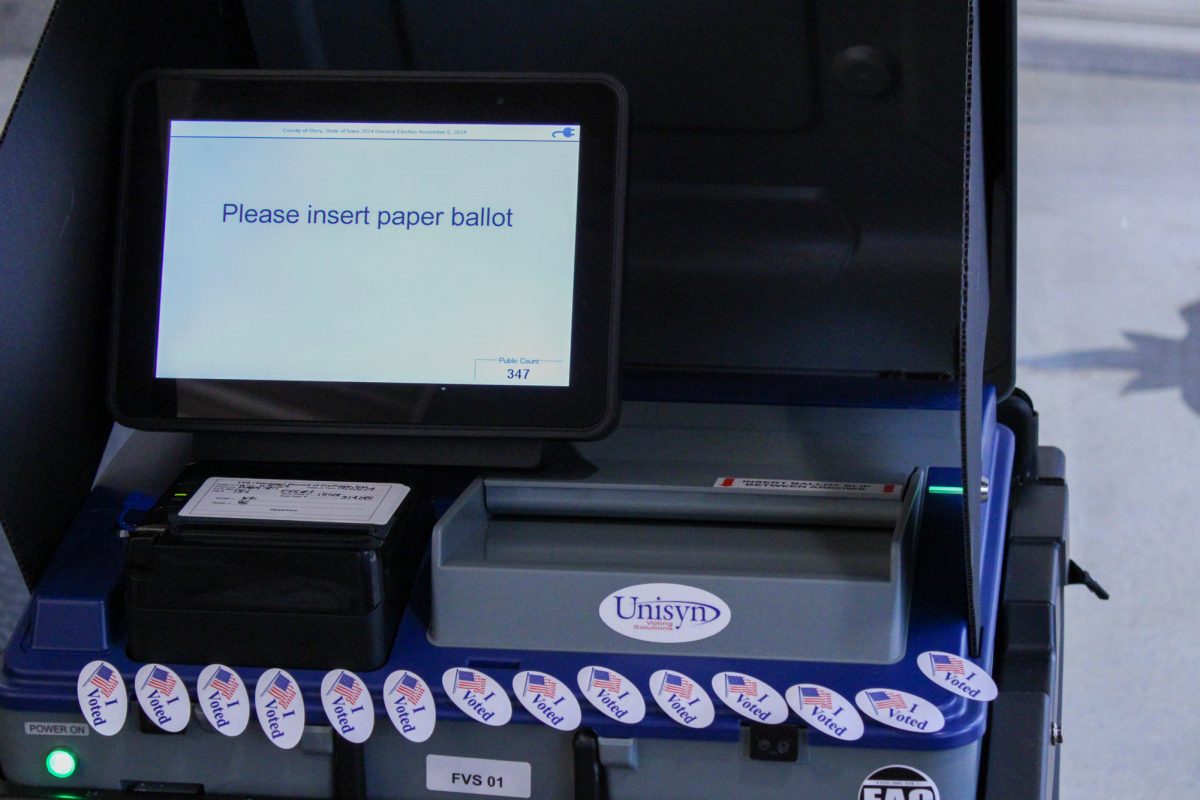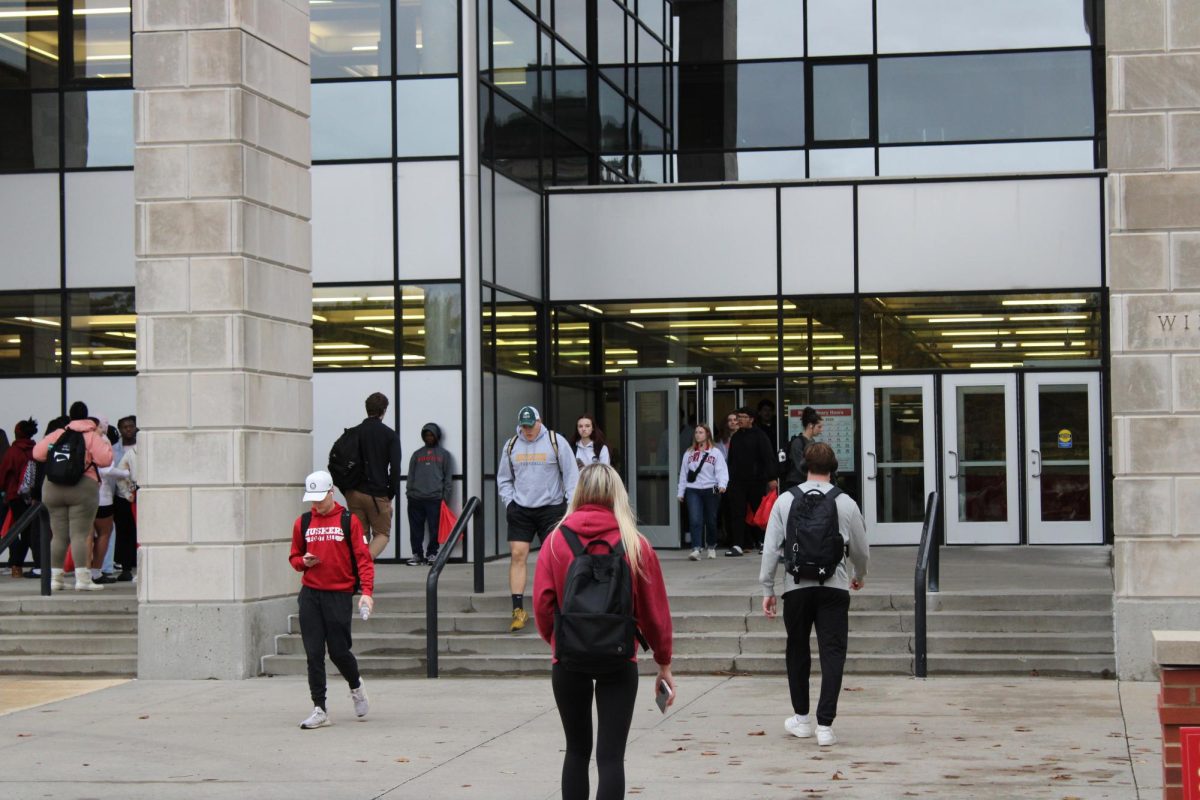Ames scientist builds microwave radiometer for Arctic experiment
January 28, 1998
A piece of Ames and Iowa State will be represented thousands of miles away this spring.
Jim Liljegren, an ISU scientist from the Ames Laboratory of the U.S. Department of Energy (DOE), is responsible for one microwave radiometer aboard a Canadian icebreaker ship, which will be frozen into a floating Arctic ice pack about 400 miles north of Barrow, Alaska.
The radiometer was commercially built to Liljegren’s specifications for this unique mission, which involves a polar setting perfect for researching climate and the possible effects of global warming.
Liljegren will take his turn aboard the Des Groseilliers icebreaker May 13 to June 23.
He will travel to Barrow, where a small two-engine propeller plane will transport him to the ship.
“I’m eager to go because as an experimentalist it really helps to go to the field, and actually be there as the data are collected so that you get a reality check rather than simply being an armchair commando,” Liljegren said.
He scheduled his shift during a period this spring when the sun will be up continuously.
By viewing the clouds at this time, Liljegren will be able to judge how clouds affect the climate.
Liljegren will encounter extreme temperatures that rarely creep above freezing.
He said he has been cautioned to pace himself because the constant daylight can make it easy to forget the time of day.
The Des Groseilliers icebreaker is part of a 13-month study of the arctic’s role in climate and a segment of the five-year international project called the Surface Heat Budget of the Arctic Ocean.
The DOE’s Atmospheric Radiation Measurement Program aims at developing better models to predict how clouds affect the Earth’s climate.
Liljegren’s radiometer measures the amount of water vapor and liquid water in clouds.
He explained that Arctic clouds form differently than clouds in Iowa.
“In Iowa, when we see lots of big puffy clouds; they have formed when the ground surface has been warmed by the sun and moisture rises to the point where the temperature falls to condense into droplets,” Liljegren said.
He explained that clouds also form when fronts move through Iowa.
In the Arctic, clouds form when warm air from the ocean blows over ice-covered land.
He said since the land is dry, the air near the surface cools rapidly to form clouds.
“The most important aspect of this trip is that most measurements are now taken at mid-latitude, and they don’t predict the poles very well,” Liljegren said.
“Yet, the poles have a very important impact on the trends of global warming over years and even decades into the future,” he said.
Liljegren said the research performed in polar regions will help scientists plan strategies, including planting trees or monitoring the use of fossil fuels, that will be effective in countering global warming in the future.
Results of Liljegren’s research may become part of curriculum used by ISU Professor Gene Takle in classes such as environmental science, meteorology and agronomy.






